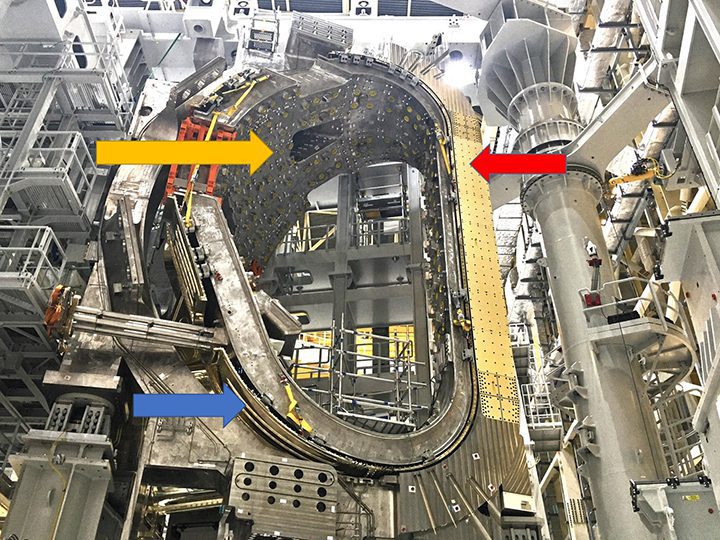Could Fusion Energy Transform the Power Industry By 2035?

Fusion occurs when two atoms slam together to form a heavier atom, such as when two hydrogen atoms fuse to form one helium atom. A tremendous amount of energy is released in the process.
This is the same process that powers the sun. In the sun’s core, where temperatures reach 15,000,000C, hydrogen atoms are in a constant state of agitation. As they collide at very high speeds, the natural electrostatic repulsion that exists between the positive charges of their nuclei is overcome and the atoms fuse. Without fusion, there would be no life on Earth.
Significant research has been done to better understand the fusion process since the concept was first theorized in the 1920s. Scientists have answered most of the key physics questions behind fusion. Today, in southern France, 35 nations are collaborating to build the world’s largest tokamak—a magnetic fusion device designed to prove the feasibility of fusion as a large-scale and carbon-free source of energy.
The ITER project (Figure 1), as it is known, is expected to be the first fusion device to produce “net energy,” which is the term used when the total power produced during a fusion plasma pulse surpasses the thermal power injected to heat the plasma.…